Q. What happens to people who die without being taught/accepting baptism in the Church of Jesus Christ of Latter-day Saints?
Heavenly Father has prepared another chance for them to hear the gospel and choose to accept or reject it.
The official Church website explains: “Jesus Christ taught that baptism is essential to the salvation of all who have lived on earth (see John 3:5) Many people, however, have died without being baptized. Others were baptized without proper authority. Because God is merciful, He has prepared a way for all people to receive the blessings of baptism. By performing proxy baptisms in behalf of those who have died, Church members offer these blessings to deceased ancestors. Individuals can then choose to accept or reject what has been done in their behalf.”
Baptism is the first ordinance of the gospel. It is so important that even Jesus Christ asked to be baptized in order to fulfill all righteousness. Because Heavenly Father desires for us all to return to Him, He has made it possible for the dead to have the same opportunities as the living through the temple ordinances.
Some have the misconception that this temple work forces the deceased persons into covenants against their will. This is entirely false. All spirits maintain their free will after death and can opt to accept or refuse the ordinance of baptism. When a living person is baptized and receives the Gift of the Holy Ghost in behalf of a deceased person, it is only to give the deceased person the opportunity – the option of redemption.
LDS.org also reveals: “Many in the spirit world embrace the gospel. However, they cannot receive priesthood ordinances for themselves because they do not have physical bodies. In holy temples, we have the privilege of receiving ordinances in their behalf. These ordinances include baptism, confirmation, Melchizedek Priesthood ordination (for men), the endowment, the marriage sealing, and the sealing of children to parents. The Lord revealed this work to the Prophet Joseph Smith, restoring a practice that had been revealed to Christians shortly after the Resurrection of Jesus Christ (see 1 Corinthians 15:29).
Part of the mission of the Church of Jesus Christ of Latter-day Saints is to Redeem the Dead. Because of this, we participate in genealogy/family history work to find our ancestors who were not able to hear and accept the gospel while on earth. Many in my family are involved in this work because of our desire to turn the hearts of the fathers to the children and the children to their fathers as mentioned at the very end of the old testament.
I love going to the temple. There is such a special feeling that accompanies me when I’m in the House of the Lord. Doing the physical ordinances for my ancestors who have passed on is an amazing experience because I know that many of them have been waiting for hundreds of years to finally have their baptism performed. Being a part of their spiritual progression is remarkable. I know that God is merciful and mindful of each of us because He gives everyone a fair chance at accepting or rejecting the message of the gospel.

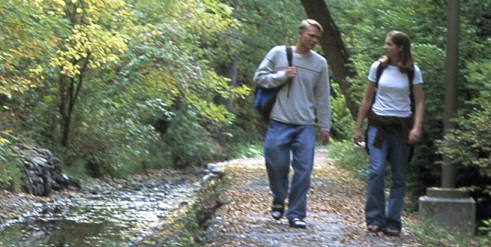
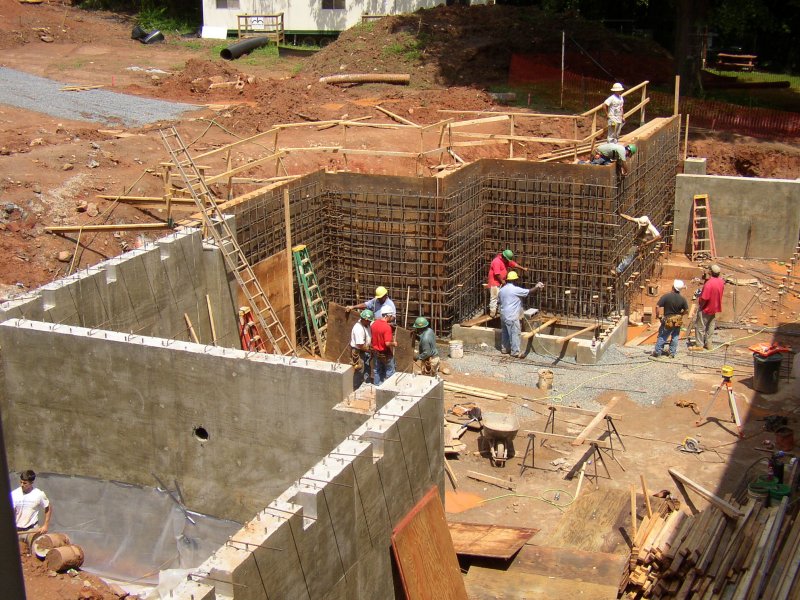 I will never forget the day that the Holy Ghost witnessed to me that Joseph Smith truly did see Heavenly Father and Jesus Christ and that through him the fulness of the Gospel of Jesus Christ has been restored. It had been a rough few days. At the time I was spending 8-10 hours a day learning a language that was so foreign to me (Russian) and I was suffering from immense feelings of inadequacy. I was faced with the realization that I had left everything that was familiar to me for two entire years; I felt isolated and completely alone. I realized for the first time that I wasn’t as tough or as smart as I thought I was, I felt that I was a little child again. In addition to learning Russian, I was also learning how to teach. Part of this learning process included teaching various principles of the Gospel. Of course, I didn’t know what I was teaching verbatim, so I was reading and teaching it to my colleagues. I came to Joseph Smith’s account of what he saw on that spring day of 1820 in a grove of trees near Palmyra, New York:
I will never forget the day that the Holy Ghost witnessed to me that Joseph Smith truly did see Heavenly Father and Jesus Christ and that through him the fulness of the Gospel of Jesus Christ has been restored. It had been a rough few days. At the time I was spending 8-10 hours a day learning a language that was so foreign to me (Russian) and I was suffering from immense feelings of inadequacy. I was faced with the realization that I had left everything that was familiar to me for two entire years; I felt isolated and completely alone. I realized for the first time that I wasn’t as tough or as smart as I thought I was, I felt that I was a little child again. In addition to learning Russian, I was also learning how to teach. Part of this learning process included teaching various principles of the Gospel. Of course, I didn’t know what I was teaching verbatim, so I was reading and teaching it to my colleagues. I came to Joseph Smith’s account of what he saw on that spring day of 1820 in a grove of trees near Palmyra, New York: As I spoke these words, it was like there was a fire in my body, even to the point that I wondered if it could consume me. My heart was burning so strongly and I was so overcome with a feeling of peace that tears flowed freely from my young eyes. I knew that it was the Holy Ghost bearing witness to me that what I was teaching was true. It was so powerful that there was no room for doubt in my mind any longer and I knew that it was from God. The language still wasn’t easy and it was still hard learning to adapt to my new situation, but I pressed forward with a sure conviction that The Church of Jesus Christ of Latter-Day Saints is Jesus Christ’s church. (As an aside, I hope that you can now understand why Mormons believe so strongly in their religion. One cannot deny that an experience such as the one that I had is from God.)
As I spoke these words, it was like there was a fire in my body, even to the point that I wondered if it could consume me. My heart was burning so strongly and I was so overcome with a feeling of peace that tears flowed freely from my young eyes. I knew that it was the Holy Ghost bearing witness to me that what I was teaching was true. It was so powerful that there was no room for doubt in my mind any longer and I knew that it was from God. The language still wasn’t easy and it was still hard learning to adapt to my new situation, but I pressed forward with a sure conviction that The Church of Jesus Christ of Latter-Day Saints is Jesus Christ’s church. (As an aside, I hope that you can now understand why Mormons believe so strongly in their religion. One cannot deny that an experience such as the one that I had is from God.)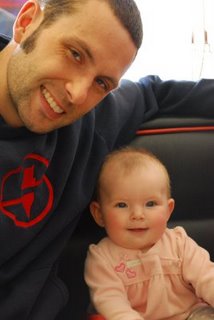
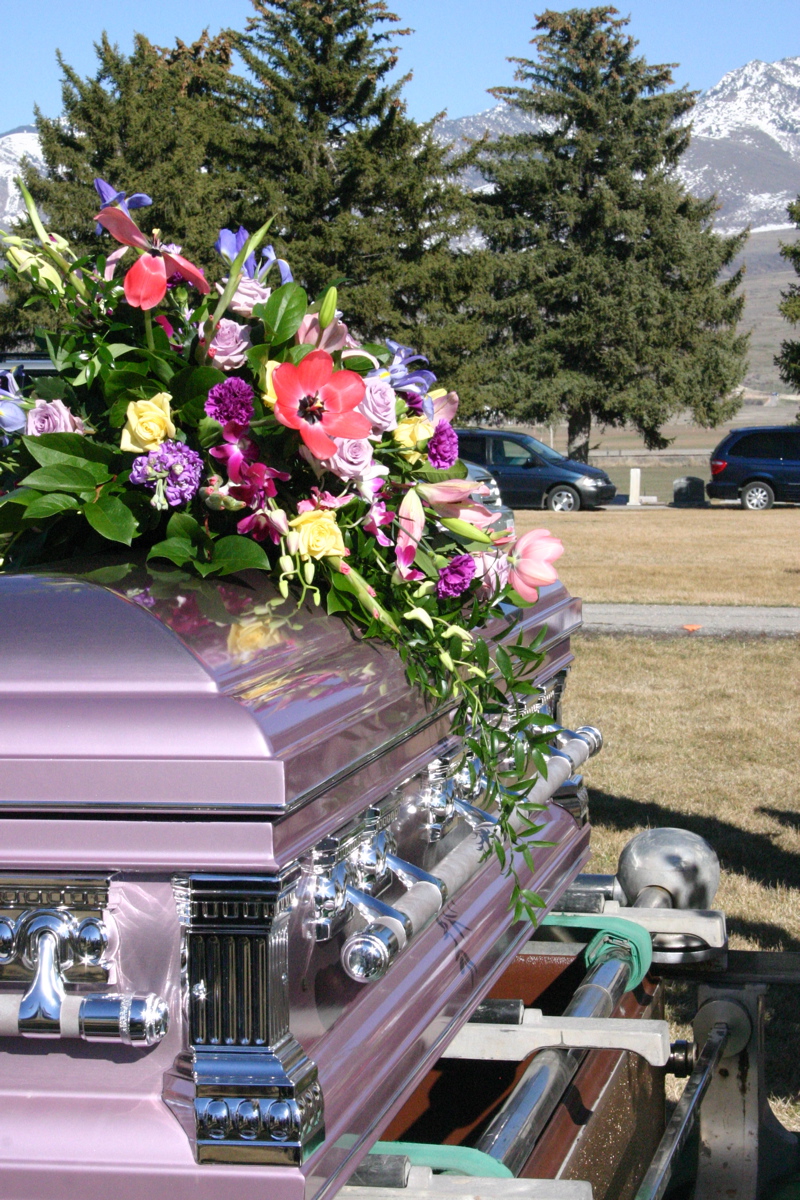
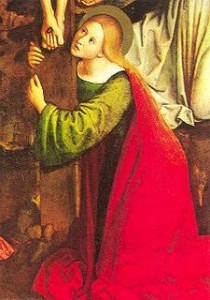 Q. Was He [Jesus] married?
Q. Was He [Jesus] married?